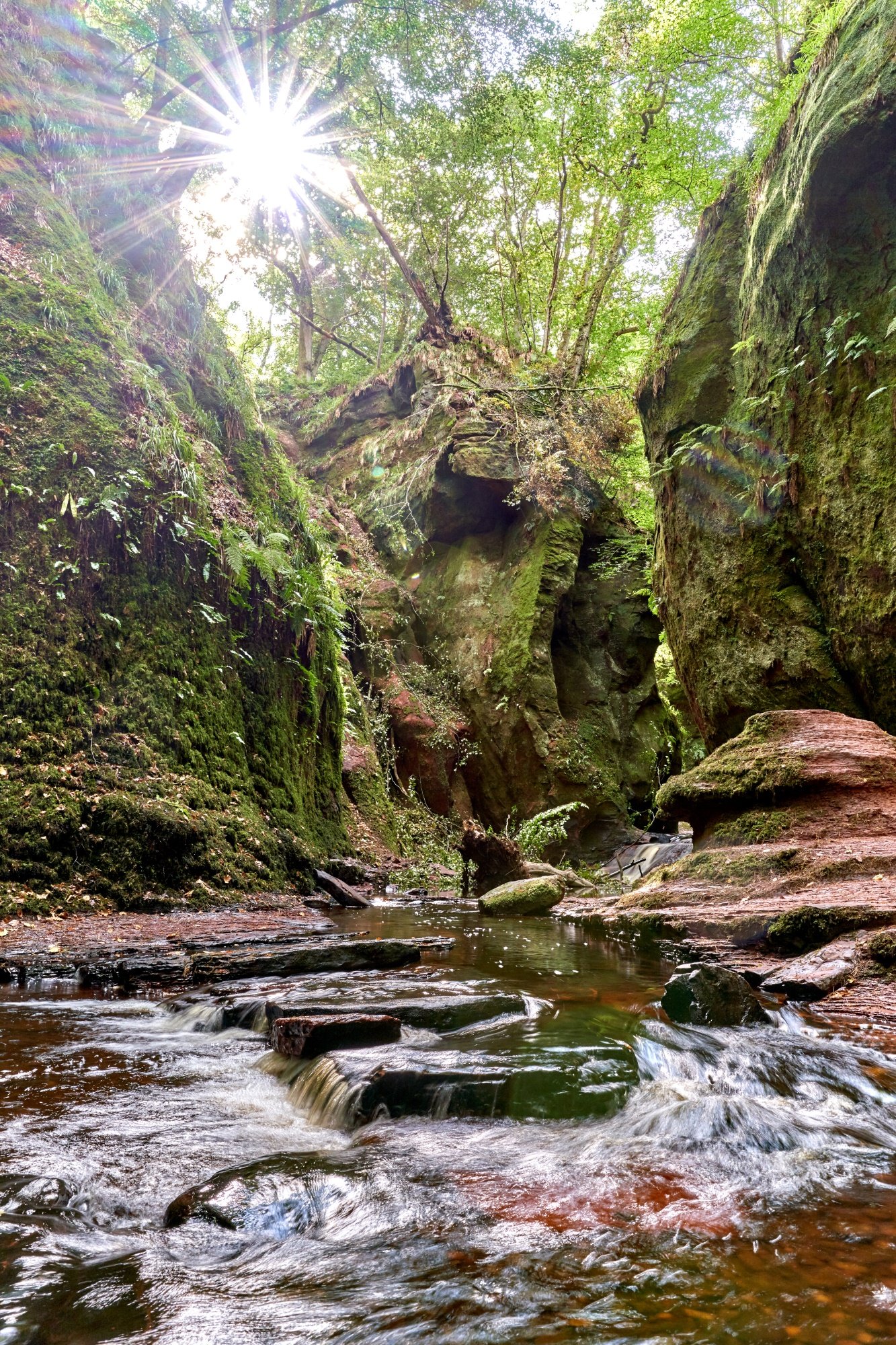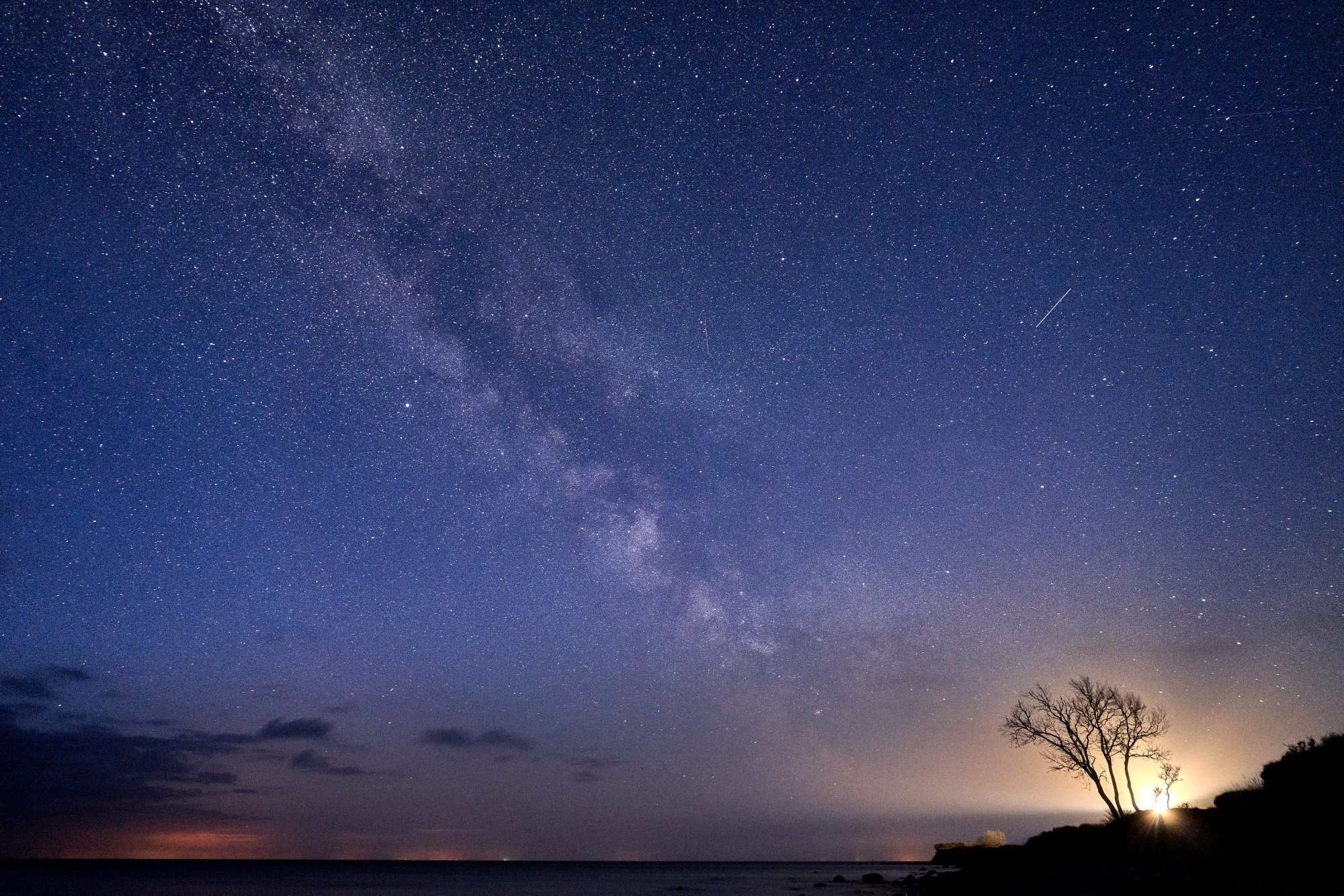Tamron 17-28mm F2.8 Di III RXD - A long-term 5 year review
Introduction
The Tamron 17-28mm F2.8 Di III RXD lens was announced on July 5th in 2019 and founds its way into my lens collection in late August of the same year. It was my first ultra-wide angle lens for any system and still remains in my lens collection. Why is it still here? How does it hold up after having shot more than 5,000 images with it? Does the lens hold up on a 60 Megapixel Sony A7R V? Are there alternatives? Big questions that demand big answers, so let’s get into it.
All my opinions come from heavy usage of the lens, having taking it on several vacations and also using it as a primary ultra-wide angle lens for most of the time. We’ll talk about the pros and cons of the lens as well as little quirks.
Build Quality and Design
Owning the Tamron 17-28mm F2.8 Di III RXD just a little bit shorter that the Tamron 28-75mm F2.8 Di III RXD has shown me that the build quality is basically the same as in the stantard zoom: The lens itself is made of a high quality polymere, also know as plastic. It’s pretty warm to the touch and also pretty scratch resistant. As you can see in the product shots of the lens, that’s what it looks like after 5 years of my heavy use. I usually carry the lens around either on the camera or in a padded and compartmentalized bag. I’m not the person that just tosses everything in a bag, after all the lens cost me 999€ right after launch. Keeping up with the similarities to the Tamron 28-75mm F2.8 Di III RXD: The lens hood seems to scratch a little bit easier.




The focus ring and zoom ring of the Tamron 17-28mm F2.8 Di III RXD are made of rubber. Whilst the zoom ring on my copy of the Tamron 28-75mm F2.8 Di III RXD loosened over time this zoom ring is as perfect as ever.
The lens mount is made of metal and didn’t really change in mounting feeling over the years, the same as with the Tamron 28-75mm F2.8 Di III RXD. The rubber gasket is supposed to help with the weather sealing. I didn’t encounter any problems with water ingress or other elemental factors.
The design is the same as with the Tamron 28-75mm F2.8 Di III RXD: Utilitarian and functional. Nothing to write home about.
Keeping in mind that this lens still retails for around 750€ or $750, the build quality could be a little bit better. Tamrons second generation zooms, such as the Tamron 28-75mm F2.8 Di III VXD G2 and Tamron 70-180 Di III VXD VC G2, do a better in terms of build quality - if other reviews are to be believed. This lens hasn’t received an upgrade yet. The Sigma lenses, Sigma 28-70 F2.8 and 16-28 F2.8 also are supposed to have a better build quality, but I haven’t had my hands on them yet. (LINKS)
Size, Weight and Handling
The Tamron 17-28mm F2.8 Di III RXD is the smallest of the original set of fast standard zooms by Tamron. It’s just 99mm in length or 3.9”. With it’s diameter of 73mm or 3.8” the lens should fit into most jackets and is an easy carry when not mounted on the lens. The 420g weight (or 0.93 lb) is also manageable for what you get with this lens.
Some of the more premium lenses, such as the Sony 16-35 F2.8 (LINK) have switches and buttons on the lens barrel, this lens however is as bare as they come: No switches whatsoever. Also no aperture ring. Since this is the case with all the Tamron lenses in this series it’s no big deal to me, as I prefer to use the camera to change all settings.



Tamron calls the Tamron 17-28mm F2.8 Di III RXD an internally zooming lens. Which is kind of true: The total length of the lens doesn’t change when zooming. The front element however moves forward when zooming out toward the wide end. The images below show the lens zoomed in and zoomed out. This doesn’t seem to affect the balance too much but I can’t comment on gimbal use.
The in-ex-ternal zoom may raise concerns regarding weather sealing, however I haven’t had any problems.


The Tamron 17-28mm F2.8 Di III RXD features a 67mm filter thread - which is shared among the Tamron 28-75mm F2.8 Di III RXD as well as the Tamron 70-180 Di III VXD. Due to the wide-angle nature of the lens you have to be careful when stacking filters, as this might introduce total physical vignetting at the wide end. My recommendation is to use a step up ring to bigger filters, such as 82mm. This lets you stack more filters for even longer exposures.
This ease of using filters can’t be understated in the everyday use of the lens: I also own and really love the Sony 12-24 F4.0 G lens, but it can’t take screw-in filters. You have to buy an attachment to mount rear filters. But for adding the filters you have to dismount the lens. Not fun and practical, especially in adverse weather conditions. The ability to use front filters and easily screw them in or use magnetic filters (LINKS) is so handy that I’ve kept this lens around despite the quite limited zoom range.
Speaking of the zoom range: This is my main gripe with the lens, but luckily it’s printed right on the packaging. This is really not the most wide-angle lens you can get. It’s small, sharp, useful, fast, but it’s not particularly wide. You may not notice it when coming from a kit lens that starts at 28mm, but today even smartphone come with lenses that give you wider angles of view, such as 14mm or 15mm equivalents on full frame cameras, some even wider. From my experience 17mm is usually enough if that’s all you have, but sometimes wider makes a scene more dramatic. As a first wide-angle lens this was perfect, as it was still manageable and not too wide. And for even more wide angle you usually can just stich a 2 or 3 image panomara giving you the super-wide ability you crave.
Manual Focus
Manual focus on the Tamron 17-28mm F2.8 Di III RXD is not linear, meaning repeating focus pulls are not possible. However for photogrpahy this doesn’t mean too much. I found manual focus to be responsive and accurate, and thus pleasant to use. The lens works with all the usual focus modes on the Sony cameras, such das direct manual focus and focus assist tools, like focus peaking and auto-punch in.
Autofocus
I did use the autofocus in regular use but also for sports, that’s why I think I can give a pretty good verdict in terms of the autofocus capabilities of the Tamron 17-28mm F2.8 Di III RXD.
And the verdict is not as simple as one might expect: In regular use the autofocus is perfectly fine, the same goes for fast action: Face and eye tracking work well, regular tracking autofocus, too. Even in sports the focus has no problem keeping up, which is admittedly not the hardest with such a wide angle of view.
There is one grift I have with the lens: It tends to hunt when stopping down below F13 and using continuous autofocus when the light is not super bright, meaning even an overcast day can introduce some hunting. Usually the lens finds its mark but it is jarring in use. I haven’t had any real misfocussing issues, but the lens tend to need a second to think in these circumstances. Single autofocus doesn’t have this problem.
Since the usual usecase for Tamron 17-28mm F2.8 Di III RXD in landscape photography, where the aperture is small, doesn’t really require the fastest of focus this usually isn’t an issue, but more of an annoyance.
Image Quality
Sharpness
Sharpness of the Tamron 17-28mm F2.8 Di III RXD is really a strong point of the lens: Center sharpness is amazing through the zoom- and aperture rage.
The lens is sharp wide open at F2.8, however the sweetspot is between F4.0 and F8, where the lens delivers maximum sharpness.
The corners are a little bit of a different story: They are acceptable at 17mm and F2.8, but they really benefit from stopping down to F4.0 or F5.6, giving you a really noticable improvement in sharpness.
In the longer end of the lens the corners are better from the get go but also benefit from stopping down to F4.0.
Overall the lens is a really impressive performer, especially if you keep in mind that it’s not the most expensive lens there is.
Chromatic Aberrations
Color fringing can only really be seen in super contrasty situations and wide open at 17mm. Other than that it’s not really an issue. However in super close focus wide open some abberations can be seen. Stopping down to F4.0 makes them vanish immediately.
Distortion
When turning of all corrections that are baked into the RAW and JPEG files, the lens does exhibit some barrel distortion from the wide end up until around 20mm. This means that straight lines bow outwards. This is quite noticable when shooting said straight lines, but you also need to turn of all those standardly activated corrections. So for me, distortion is a non issue.









Flare Resistance
The lens definitely is not immune to flare and ghosting: Especially in the wide end the lens can produce ghosting and some colorful artifacts. See the example images for some impressions. In my opinion these effects can give the images a nice character.
The image also has a tendency to slightly wash out when the sun or the light source is in some areas of the frame. This is stronger when the sun is just out of the frame.
Bokeh
Bokeh is always subjective. But I do like the bokeh of this lens, even if it can appear a little bit busy. Check out the example images to get a sense of the bokeh for yourself in real world use.









Vignetting
Darkened corners on the Tamron 17-28mm F2.8 Di III RXD are an issue: This small of a zoom lens is expected to have some vignetting and it is fixable in post, however it is very present, especially in the wide end at 17mm and wide open: The vignetting is more than 2 stops, and only reduces to less than a stop after F5.6.
At the long end the shading is only around 1 stop when shooting wide open and goes away by F4.0.
Overall the vignetting can always be seen somewhat against evenly lit subject, such as a blue sky, but wide open it’s very noticable and has to be corrected in post. I do think that a nice natural vignette can add some focus to images, but lenses also should give you the freedom to not have a vignette.







Coma
Coma is the smearing of pointed light sources in the corners of the frame. The Tamron 17-28mm F2.8 Di III RXD exhibits some coma, especially at the wide end. The points of light or stars also get some little wings, also a type of coma. This improves by F4.0.
At the long end light sources wide open appear as slight streaks, this also goes away b F4.0.
Close-up image quality
The Tamron 17-28mm F2.8 Di III RXD can shoot really close and the image quality is pretty good especially in the center. The corners suffer quite a bit wide open.
Keep one thing in mind when shooting close at the wide end: It gives you great magnification, you are also close to touching your subject.



Best Accessoires
Accessorizing the Tamron 17-28mm F2.8 Di III RXD is absically the same as for the Tamron 28-75mm F2.8 Di III RXD, or any lens for that matter, isn’t really my cup of tea, but I can definitely tell you some handy stuff to use in conjunction with the lens:
Get yourself a magnetic filter set. These sets usually contain of ND-Filters which allow for a longer exposure and a polarizing filter which lets you cut of glare and reflections in your images. You can GO HARD, go sensible, or you can get the basics. All of these filters will do the same job with one caveat: The more expensive filters usually have less of a color cast (which you can take care of in post processing). When getting a filter I’d also suggest you get the filters in the biggest version you expect a lens filter thread to be. The Tamron 28-75mm F2.8 Di III RXD might have a 67mm filter thread, other lenses have bigger ones. So get yourself 82mm filters and use step up rings to match the size. This way you’ll only need one set of filters.
I wish for you to use the lens as much as possible and therefor you should have your camera in easy access. The best method for me currently is the Ulanzi Falcam F38 quick release system, which is similar to the more famous Peak Design Camera Capture Clip V3, only cheaper.
Don’t use UV-Filters to protect your lens… The lens hood protects the front element and modern sensors have their own UV-filters built in.
Do get a lens cleaning kit! Regular microfibre cloths, such as used for glasses also work to clean the front element of dirt, however a blower or spray help: Zeiss offers a good kit, but cheaper kits work just as well. Just make sure a blower is included - for those pesky little specks of dust.
On the same note: Get a sensor cleaning kit. And use it fearlessly.
Conclusion
The Tamron 17-28mm F2.8 Di III RXD hasn’t gotten a successor as of February 2025 and that’s with good reason: It’s still a great performer that stands the test of time! If you can get it used in good condition this lens can give you everything you need in terms of wide-angle shooting: Astro, close-up, regular scenes and even sports, this lens can do it all.
Tamron 17-28mm F2.8 Di III RXD is not without alternatives however. The lens-recipe has proven to be successful, as the follwing lenses show:
The Sigma 16-28mm F2.8 DG DN is reportedly as the same level optically as the Tamron, it’s also roughly the same price range.
The Sony FE 16-25mm F2.8 G has a narrower focal range but should be a little better optically and has arguably better build quality. It’s also more expensive.
There are of course also the super expensive lenses, such as the Sony FE 16-35mm F2.8 GM or its successor the Sony FE 16-35mm F2.8 GM II which cost double the price, the Sigma 14-24mm F2.8 DG DN, which doesn’t take front filters and is 1.5 times the price, the Sony FE PZ 16-35mm F4 G, which is 1.5 times the price and one stop slower.
If you want more wideness, Sony offers the Sony FE 12-24mm F4 G (a review will be up in a couple of weeks) and the super expensive and huge Sony FE 12-24mm F2.8 GM that is 4 times the price of the little old Tamron 17-28mm F2.8 Di III RXD.
So overall the Tamron 17-28mm F2.8 Di III RXD offers great performance for the money. No other lens in the price range is clearly better and the lens itself will stand the test of time. Would recommend!

